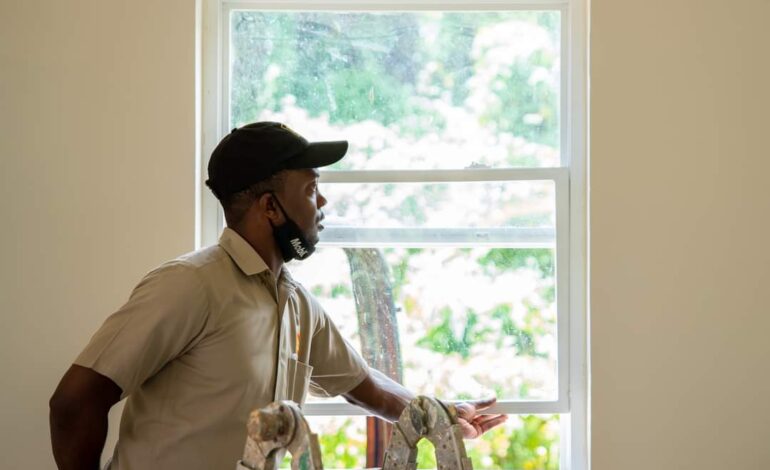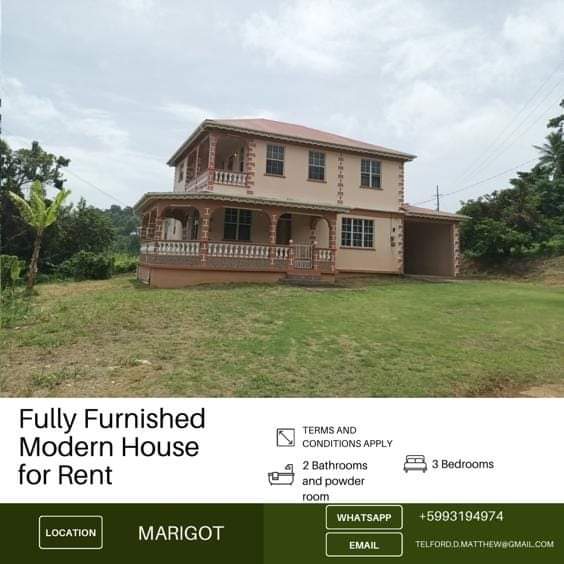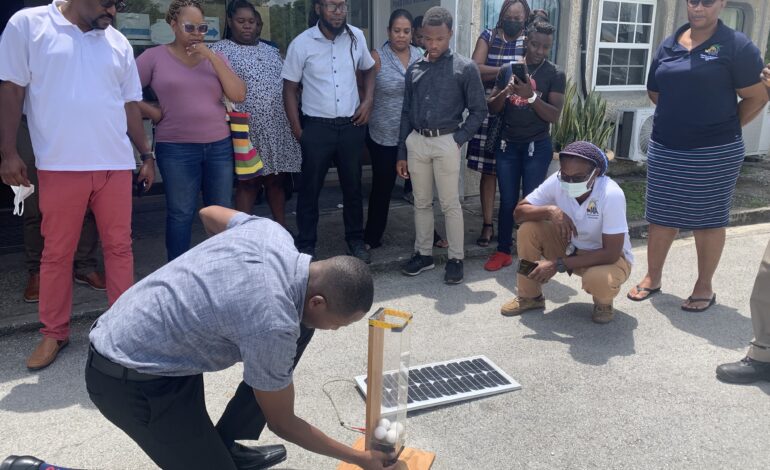
In its continued efforts to seek the interests of Beneficiaries and Contractors registered with the Housing Recovery Project (HRP), the HRP has entered into a collaborative arrangement with Do it Center, to assist in countering the rising cost of building material.
Following a round of talks with the hardware supplier, the Company will be offering discounts to all registered HRP Contractors and will also be looking to offer additional discounts based on bulk or group purchases.
HRP Project Manager, Nicholas Bruno, said, “It is very heartening to see that Do it Center has come on board to bring some relief to our Contractors who are striving every day to get Beneficiaries into their very own houses. We also welcome the collaboration because it means that the Company sees the value of the work that we do to assist this vulnerable group and invite others to come on board to do their part in assisting the process of rebuilding Dominica, one house at a time.”
Evadney Esprit, General Manager of Do it Center, was happy with the outcome of the discussions. “Do it Center is pleased to partner with the Housing Recovery Project in support of their Contractors. We recognize that this project is invaluable to the Beneficiaries, and trust that our collaboration will enrich their lives and further the communities in which they reside.”
The HRP is a Project of the Government of the Commonwealth of Dominica (GoCD), financed by the World Bank. It is designed to rebuild small houses (up to 500 sq. ft.) which were completely destroyed by the passage of Hurricane Maria. Beneficiaries receive a complete package of technical services for the resilient rebuilding of houses, general engineering advice as well as supervision and administrative services, together with a grant of up to $125,000. At the start of the Project, the GoCD lobbied to have the grant amount allocated to each Beneficiary increased from $50,000 to $125,00, the maximum square footage upped from 300 to 540 square feet and ensured that Beneficiaries could use alternative sites in the same community to locate their houses, once some form of ownership was established, if the existing site was unavailable, inaccessible or unsuitable.












